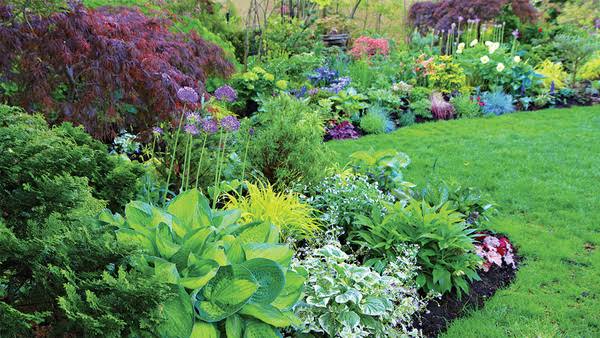When you think of a beautiful garden, colorful flowers and lush shrubs may come to mind first. But there’s an unsung hero in landscape design that can completely transform your outdoor space: ornamental grasses. Easy to grow, low-maintenance, and incredibly versatile, grasses add movement, texture, and elegance to any garden. If you’re looking for fresh inspiration, it’s time to discover how grasses garden can change your space – try it today!From tall, feathery plumes swaying in the breeze to compact mounds that soften pathways, ornamental grasses offer endless possibilities. Whether you’re in the United States, United Kingdom, or Canada, they can thrive in different climates and enhance everything from small patios to large landscapes.H2: Why Choose Grasses for Your Garden?H3: Year-Round InterestUnlike many plants that shine only in summer, ornamental grasses provide visual appeal across all seasons. Their green blades brighten spring, feathery plumes bloom in summer, golden hues enrich autumn, and frosted stalks add winter charm.H3: Low MaintenanceMost grasses require little water, minimal pruning, and no fertilizers once established. They’re an eco-friendly option for busy gardeners.H3: Versatility in DesignGrasses fit into modern, rustic, or cottage-style gardens. They can act as borders, ground covers, privacy screens, or focal points.H2: Types of Ornamental Grasses to ConsiderH3: Feather Reed Grass (Calamagrostis acutiflora)Tall, upright, and elegant—perfect for adding vertical interest.H3: Fountain Grass (Pennisetum alopecuroides)With its soft, arching plumes, this variety adds movement and grace.H3: Blue Fescue (Festuca glauca)Compact, spiky, and silvery-blue, ideal for borders or rock gardens.H3: Pampas Grass (Cortaderia selloana)Dramatic, tall plumes that create a bold statement in larger landscapes.H3: Switchgrass (Panicum virgatum)Native to North America, this grass is hardy, resilient, and wildlife-friendly.H2: How to Plant and Care for Ornamental GrassesChoose the Right SpotMost grasses prefer full sun but some thrive in partial shade.Prepare the SoilWell-draining soil is key. Mix in compost if needed.PlantingDig a hole twice as wide as the root ball, place the plant, and backfill.WateringWater deeply after planting. Once established, most grasses are drought-tolerant.PruningCut back old foliage in late winter or early spring to encourage fresh growth.H2: Practical Tips for Designing with GrassesMix Heights and Textures: Combine tall plumes with shorter mounds for layered interest.Use as Borders: Line pathways or patios with low-growing varieties.Create Focal Points: Plant pampas or feather reed grass as a dramatic centerpiece.Pair with Flowers: Grasses complement perennials like echinacea, black-eyed susans, or lavender.Think Seasonal Color: Choose varieties that change hue with the seasons for year-round beauty.H2: Eco-Friendly and Functional BenefitsWildlife Habitat: Birds and insects find food and shelter among grasses.Erosion Control: Their root systems stabilize soil and prevent erosion.Water Conservation: Many grasses are drought-tolerant, reducing the need for frequent watering.Privacy and Windbreaks: Tall varieties can act as natural screens.H2: Common Mistakes to AvoidOvercrowding Plants – Grasses need space to spread and maintain shape.Planting in Wet Soil – Poor drainage can cause root rot.Neglecting Pruning – Skipping seasonal cutbacks can lead to messy, overgrown clumps.ConclusionWhether you’re aiming for elegance, sustainability, or a low-maintenance landscape, ornamental grasses can completely transform your outdoor space. They offer texture, movement, and beauty throughout the year while demanding very little care. Truly, it’s time to 🍴 discover how grasses garden can change your space – try it today!So, grab your gardening gloves, choose a few varieties that suit your style and climate, and let grasses add that extra touch of magic to your garden design. 🌿

